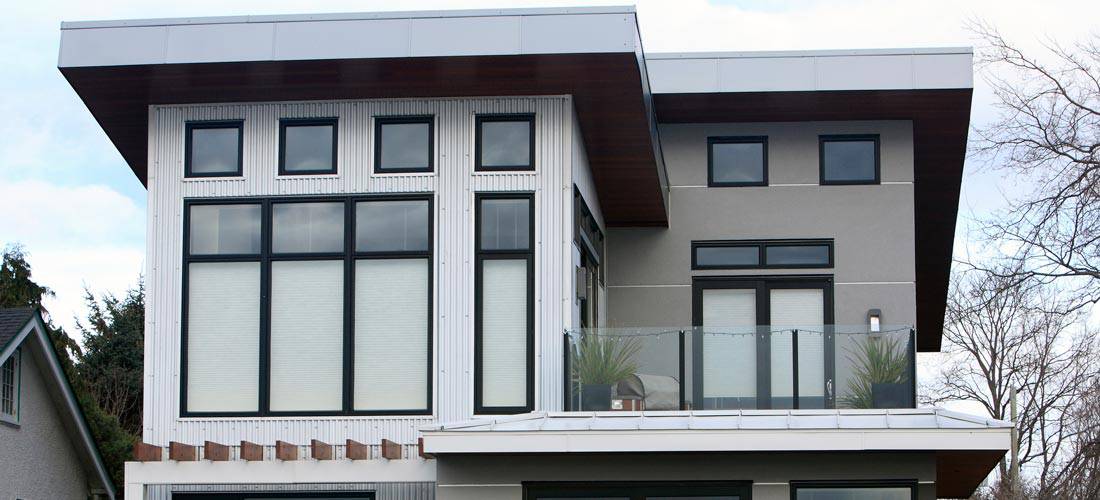Flat roofs usually have a pitch of less than 15 degrees and require maintenance strategies you should consider doing to preserve their integrity.
Generally, your flat roofing system should get a bi-annual inspection – once in the spring and then again during the fall.

While professional inspections can keep your flat roof functioning well for years to come, as a homeowner it is important that you are aware of potential issues and problems year round. Follow these 5 common sense rules to help keep your roof performing at its best.
1. Keep it dry.
Accumulative water can result to accelerated heat aging, overabundance of algae, and destructive membrane degradation. This happens when water ‘ponds’ on your flat roof and have trouble dissipating or evaporating even after 48 hours of conducive drying conditions.
2. Don’t neglect blisters.
When checking your roofing system, look out for the blistering of the materials – sections of raised strips on top of the surface. Neglected blisters can pose a serious threat to the integrity of your flat roofing system because the trapped liquid between sections of membrane expands and augments your roof as it becomes vapor.
3. Delay cracking.
Cracks in your roofing system can be caused by a variety of factors. There are roofing systems that are at a high risk to UV rays’ damage while in other situations, poor workmanship could be to blame. Excessive weight on your roofing system can also contribute to rapid surface stress.
4. Don’t let snow build up.
More commonly experienced in colder climates, building up of snow should not be ignored because it can easily overload your roof and cause it to collapse. Because of its flat surface, the snow won’t be able to slide off your system as easily as it would on a sloped roof building. On the other hand, if the snow melts and the roof is not draining properly, you’ll experience a ponding water scenario.
5. Make sure fasteners are help firmly in place.
Loose fasteners can spell disaster for flat roofing systems. Your roof can be more susceptible to wind damage and potential tear-off when fasteners become loose because they no longer anchor the roofing system to your building as intended.
Also, make sure that you follow installation instructions that specify the type of fasteners that need to be used on your roofing system. If your contractor uses the wrong ones, your warranty could be voided.
Maintenance routines are a must if you have a flat roofing system. Even after the immediate finished construction of your roofing system, these 5 common sense rules should be duly followed. During your bi-yearly inspections, don’t forget to ask your inspector vital questions to ensure you are protecting your roofing system, and building, from danger.
Insuring a flat roof
Flat roofs are usually deemed as an insurance risk because of its inherent vulnerability to weather damage, more fussy maintenance procedures, and easier access to thieves. If you have a flat roof, it will require a specialist insurance provider to provide necessary protection. Look for reputable companies that offer comprehensive cover for flat roofs so you can lengthen its life and keep it in tiptop condition.













Write a Comment